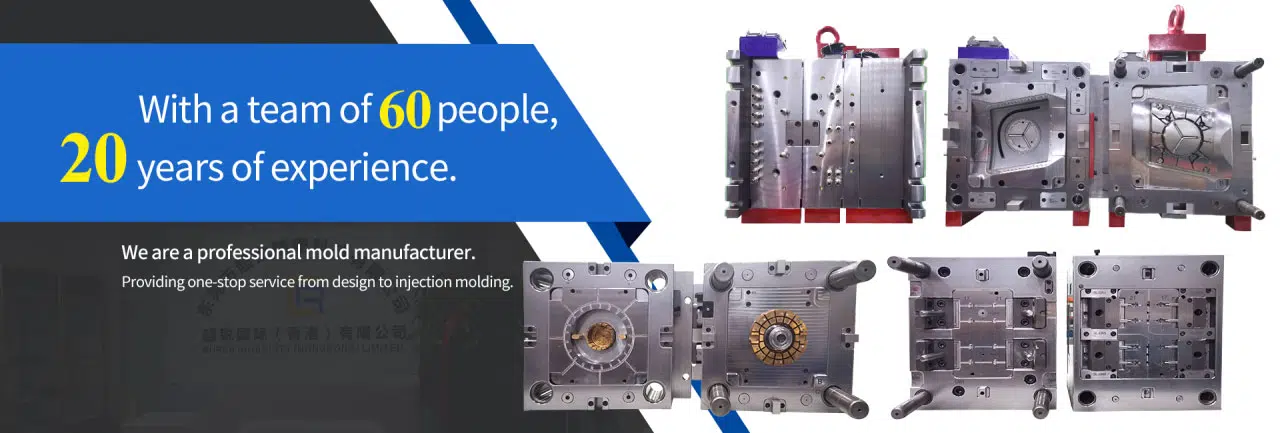
本身
html
Vacuum Casting Technology in Modern Manufacturing
Vacuum casting has emerged as a pivotal technology in modern manufacturing, offering unparalleled precision and versatility for producing high-quality prototypes and end-use parts. This process leverages vacuum pressure to create detailed, durable components with minimal material waste, making it a preferred choice across industries.
How Vacuum Casting Works
The vacuum casting process begins with a master model, typically created using 3D printing or CNC machining. A silicone mold is then formed around this model under vacuum conditions to eliminate air bubbles and ensure accuracy. Once the mold cures, liquid polyurethane or other resins are poured into the cavity, and the vacuum is reapplied to remove trapped air, resulting in a flawless final product.
Advantages of Vacuum Casting
Keyword: Vacuum Casting
Vacuum casting offers several key benefits:
- High Detail Reproduction: Capable of replicating intricate geometries with surface finishes comparable to injection molding.
- Material Variety: Supports a wide range of resins with properties mimicking ABS, PP, rubber, and even transparent materials.
- Cost-Effectiveness: Ideal for small to medium production runs, eliminating the need for expensive tooling.
- Rapid Turnaround: Enables quick production of functional prototypes and end-use parts.
Applications Across Industries
Vacuum casting serves diverse sectors:
- Automotive: Producing dashboard components, light covers, and functional prototypes.
- Medical: Creating anatomical models and device housings with biocompatible materials.
- Consumer Electronics: Manufacturing casings, buttons, and ergonomic prototypes.
- Aerospace: Developing lightweight, high-strength components for testing and validation.
The Future of Vacuum Casting
As additive manufacturing advances, vacuum casting continues to evolve. New material formulations and hybrid techniques combining 3D printing with vacuum casting are expanding possibilities. The technology’s ability to bridge prototyping and production ensures its enduring relevance in Industry 4.0 manufacturing ecosystems.
With its balance of quality, speed, and affordability, vacuum casting remains an indispensable tool for manufacturers seeking to accelerate product development while maintaining high standards.